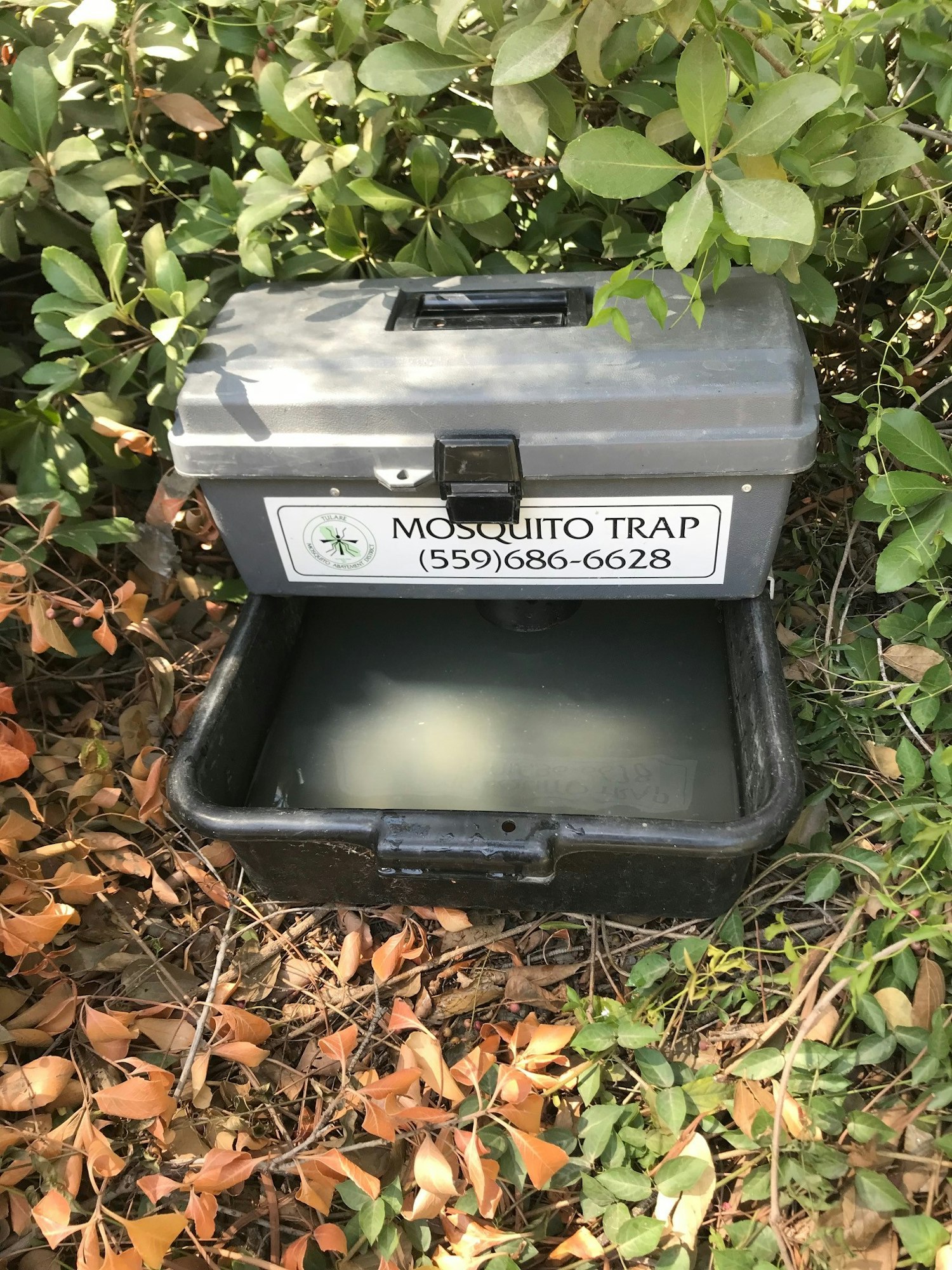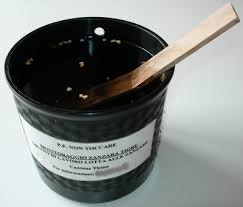Mosquito Surveillance
Mosquito surveillance is an essential component of a comprehensive mosquitoborne disease prevention and control program. The objective of mosquito surveillance is to determine species composition, geographic distribution, seasonal occurrences, and abundance of potential vectors of mosquito-borne pathogens within each district by collecting and identifying larval and adult mosquitoes. Up-to-date information on mosquito species and their distribution is essential to developing effective prevention and control programs. Samples of adult female mosquitoes can be pooled by species and tested for the presence of mosquito-borne viruses, which helps determine potential enzoonotic and bridge vector species in an area. Components of an effective program include: identifying and mapping larval mosquito habitats using surveillance methods, identifying and mapping the location of potential vector species within each district through the collection of adult or larval mosquitoes, and testing of potential vector species for mosquito-borne viruses. Mosquito surveillance should typically begin in April or May and continue through October, depending on weather conditions.
Surveillance Traps
- Gravid Trap- This trap attracts gravid (pregnant) female mosquitoes seeking to lay their eggs on a fowl smelling water surface, ideally used in residential areas.
- EVS (CO2) Trap- This trap contains dry ice that emits CO2 to attract female mosquitoes looking for a blood meal.
- BG Sentinel-This trap specifically targets Aedes aegypti (Yellow Fever Mosquito) with CO2 and lure based attractant.
- Ovi Cup- This trap specifically targets Aedes aegypti gravid (pregnant) female mosquitoes with water and a paper for egg depositing.








